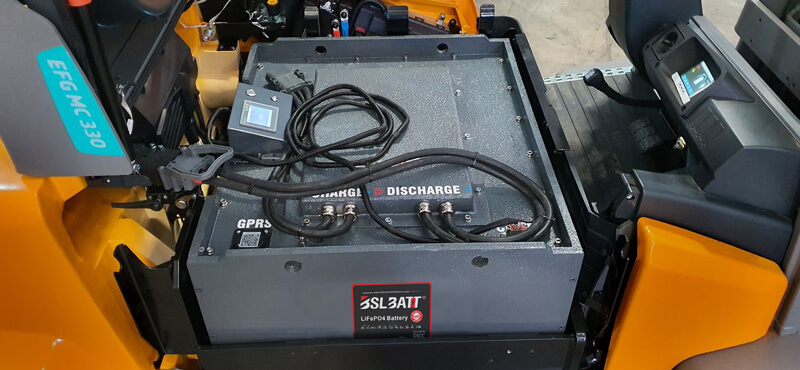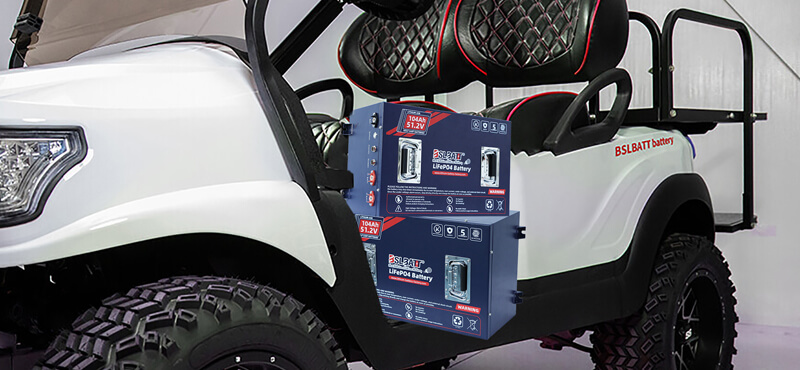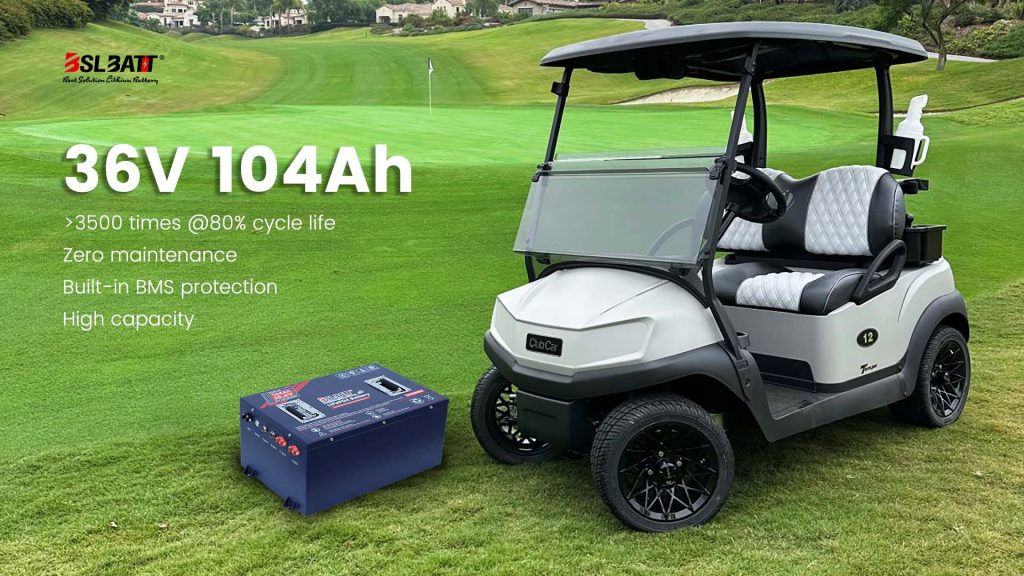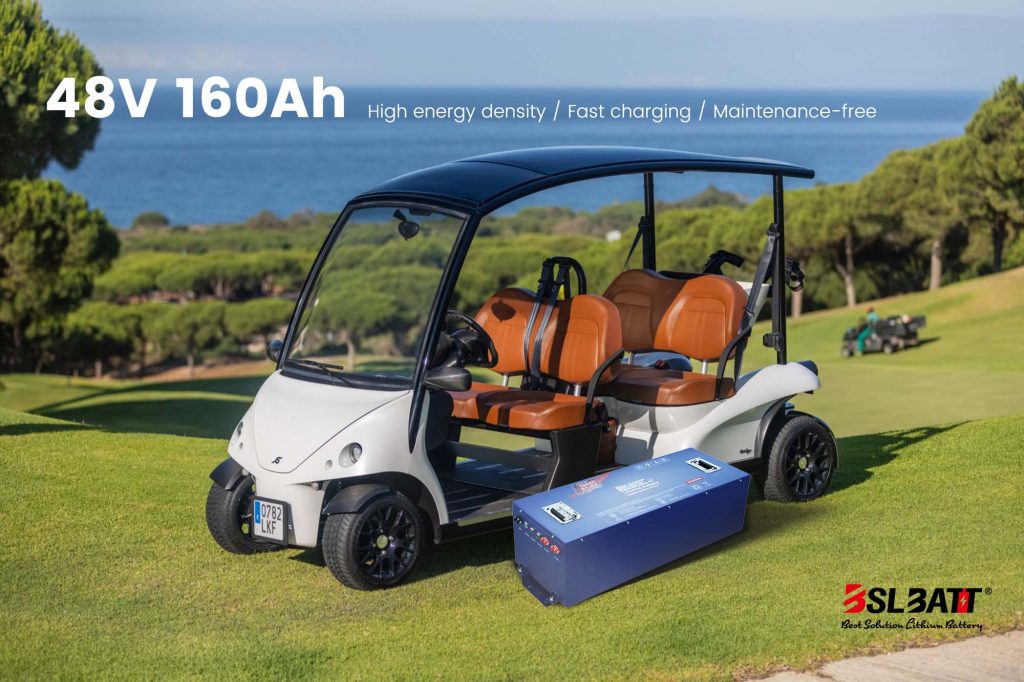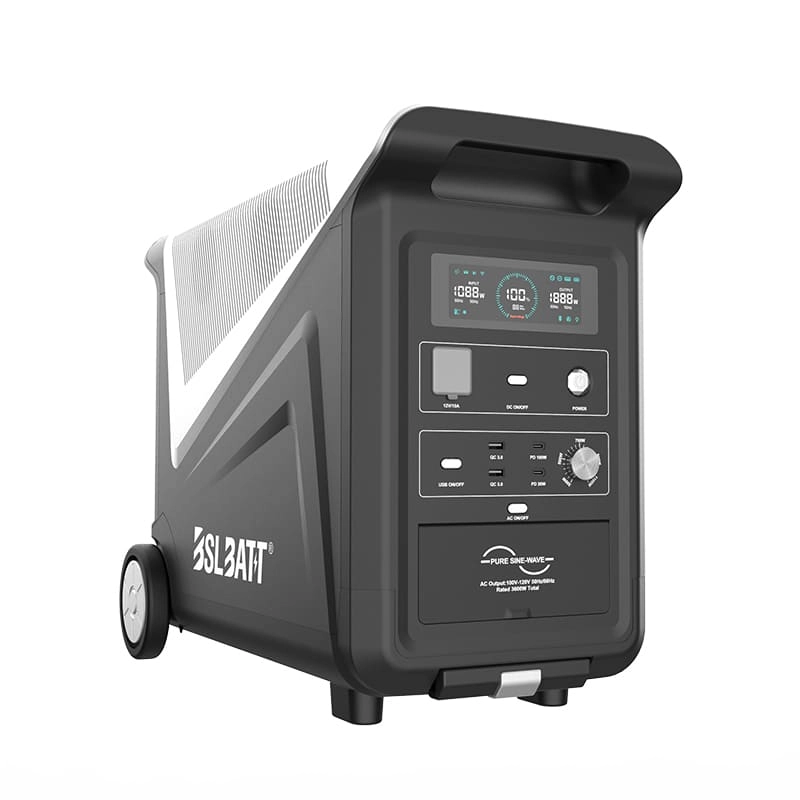
- China
- English
- Françai
- Español
- Deutsch
- Română
- العربية
- 한국어
- 日本語
- Italiano
- Português
- Gaeilge
- Dansk
- Čeština
- Русский
- Afrikaans
- Euskara
- Català
- Esperanto
- हिन्दी
- Ελληνικά
- Bahasa Melayu
- Polski
- Српски
- Kiswahili
- ภาษาไทย
- Tiếng Việt
- Türkçe
- Svenska
- Cymraeg
- Slovenčina
- Latviešu
- Malti
- Magyar
- Galego
- ગુજરાતી
- Eesti Keel
- বাংলা
- Shqip
- беларуская мова
- Nederlands
- Tagalog
- ქართული
- Íslenska
- Kreyòl Ayisyen
- Lietuvių
- Norsk
- slovenščina
- தமிழ்
- Українська
- ײִדיש
- اردو
- తెలుగు
- فارسی
- македонски
- ಕನ್ನಡ
- Bahasa Indonesia
- עברית
- Suomi
- Hrvatski
- Български
- Azerbaijani

Industry Application
Product Type
What Size Wire To Connect 12 100Ah Batteries In Parallel
Choosing the correct wire size to connect 12 100Ah batteries in parallel is crucial not only for convenience but also for ensuring safety and optimal performance. Using an improper wire size can result in significant problems. Check out the table below to understand how wire size affects your system:
| Impact | Description |
|---|---|
| Overheating | Excessive heat can damage wires and potentially cause fires. |
| Voltage Drop | Wires that are too small create resistance, reducing system efficiency. |
| Reduced Performance | Using the wrong wire size can hinder the system, preventing peak performance. |
Wondering what size wire to connect 12 100Ah batteries in parallel? Let’s break it down and find the right solution.
Key Takeaways
- Picking the correct wire size is important for safety. Small wires can get too hot and start fires.
- For short wires up to 3 feet, use 2 AWG. For longer wires, use 1/0 AWG to avoid power loss.
- Always follow rules like the National Electrical Code (NEC). This helps prevent dangers and keeps your setup safe.
Understanding 12 100Ah Batteries in Parallel

What Does “100Ah” Mean?
When you see “100Ah” on a battery, it refers to its capacity, or how much energy it can store. Ah stands for ampere-hour, which measures the amount of current a battery can deliver over time. For example, a 100Ah battery can provide 100 amps for one hour or 10 amps for 10 hours. This rating helps you understand how long the battery can power your devices before needing a recharge. Knowing this is essential when planning your setup, especially with multiple batteries.
How Parallel Connections Work
Connecting batteries in parallel is a smart way to increase your system’s energy capacity. Here’s how it works:
- The positive terminals of all batteries are connected together, and the same goes for the negative terminals.
- The voltage across the system stays the same as a single battery.
- The amp-hour ratings of the batteries add up, giving you a much larger total capacity.
For instance, if you connect 12 100Ah batteries in parallel, the voltage remains constant, but the total capacity increases significantly. This setup is perfect for applications where you need extended runtime or higher current output without changing the voltage.
Tip: Parallel connections are ideal for systems requiring longer operation times at a steady voltage, like solar power setups or backup systems.
Total Current in a 12-Battery Parallel Setup
When you connect 12 100Ah batteries in parallel, their capacities combine. This means the total current output becomes 1200Ah. If your device needs 100 amps, each battery contributes about 8.33 amps, sharing the load evenly. This distribution helps prevent overloading any single battery, ensuring a longer lifespan for your system. Understanding this total current is crucial when deciding what size wire to connect 12 100Ah batteries in parallel, as the wire must handle the combined current safely and efficiently.
What Size Wire to Connect 12 100Ah Batteries in Parallel
Current Capacity and Ampacity
When deciding what size wire to connect 12 100Ah batteries in parallel, you need to consider the current capacity, also known as ampacity. Ampacity refers to the maximum amount of current a wire can safely carry without overheating. For a setup like this, the total current can reach up to 100 amps or more, depending on your system’s load.
For short runs (up to 3 feet), a 2 AWG wire is a solid choice. It can handle up to 100 amps, making it ideal for connecting your batteries to the main load. However, if your wires need to run longer distances, you should consider upgrading to a 1/0 AWG wire. This larger wire size reduces resistance and prevents overheating. Here’s a quick reference table to help you:
| Wire Size | Current Capacity | Recommended Use |
|---|---|---|
| 2 AWG | 100 amps | Main wires for runs up to 3 feet |
| 1/0 AWG | Higher capacity | Longer runs to minimize voltage drop |
Voltage Drop and Distance
Voltage drop is another critical factor. As electricity travels through a wire, some energy is lost due to resistance. This loss increases with distance. If your wires are too small or too long, the voltage drop can reduce your system’s efficiency and performance. To minimize this, keep your wire runs as short as possible and use thicker wires for longer distances. For example, if your batteries are far from the load, a 1/0 AWG wire is better than a 2 AWG wire. This ensures your system delivers consistent power without unnecessary losses.
Tip: Always measure the total distance of your wire runs, including both the positive and negative connections, to calculate voltage drop accurately.
Safety Standards and Regulations
Safety should always come first. Using the wrong wire size can lead to overheating, fire hazards, and system failures. To stay safe, follow the National Electrical Code (NEC) guidelines or your local electrical standards. These regulations provide clear recommendations for wire sizes based on current, distance, and insulation type. For instance, a 2 AWG wire is suitable for 100 amps over short distances, but you might need a larger wire for longer runs or higher currents. Always double-check your setup to ensure it meets these safety standards.
Note: Investing in high-quality wires with proper insulation can further enhance safety and durability.
Step-by-Step Guide to Calculating Wire Size
Determine Total Current for 12 Batteries
The first step in choosing the right wire size is figuring out the total current your system will handle. When you connect 12 100Ah batteries in parallel, their capacities combine, giving you a total of 1200Ah. To calculate the current, consider the load your system will power. For example, if your devices require 100 amps, the wire must safely carry this current. Always account for the maximum current your system might draw to avoid undersizing the wires.
Tip: Even if your system typically uses less current, plan for peak loads to ensure safety and efficiency.
Calculate Voltage Drop Over Distance
Voltage drop happens when electricity flows through a wire, losing energy due to resistance. To calculate it, use this formula:
Vdrop = 2 × I × R × L
Where:
Iis the current in amps,Ris the wire’s resistance in ohms,Lis the one-way length of the wire in meters.
For example, if your wire run is 10 meters and carries 100 amps, you can plug these values into the formula to find the voltage drop. Minimizing voltage drop is crucial for maintaining system performance. Use shorter wires or thicker gauges to reduce resistance and energy loss.
Note: Always measure the total wire length, including both positive and negative runs, when calculating voltage drop.
Select the Correct Wire Gauge Based on Ampacity Charts
Once you know the total current and voltage drop, use an ampacity chart to pick the right wire gauge. These charts show the maximum current a wire can handle for a given length. For instance:
- Find the row for your wire gauge (e.g., 2 AWG).
- Look at the column for your system’s amperage (e.g., 100 amps).
- The intersection tells you the maximum wire length for that gauge.
For a 12-volt system, a 6-gauge wire can carry 100 amps up to 30 feet. If your wire run is longer, choose a thicker wire like 4 AWG or 2 AWG. Always double the wire length to account for the return circuit.
Tip: When deciding what size wire to connect 12 100Ah batteries in parallel, consider both the ampacity and the distance to ensure a safe and efficient setup.
Recommended Wire Sizes and Materials
Suggested Wire Gauges for 12 100Ah Batteries
Choosing the right wire gauge is essential for a safe and efficient setup. For connecting 12 100Ah batteries in parallel, the wire size depends on the application and distance. Here’s a quick guide to help you decide:
| Application | Recommended Wire Gauge | Length Limit |
|---|---|---|
| Interconnecting Wires | 12 AWG | Up to 3 feet |
| Main Wires (Battery to Load) | 2 AWG | Up to 3 feet |
| Main Wires (Longer Runs) | 1/0 AWG | Longer runs |
For short connections between batteries, 12 AWG wires work well. However, for main wires carrying higher currents, 2 AWG is ideal for short distances. If your setup involves longer runs, 1/0 AWG wires minimize voltage drop and ensure consistent performance. Always consider the total current and distance when deciding what size wire to connect 12 100Ah batteries in parallel.
Copper vs. Aluminum Wires
When it comes to wire materials, you’ll likely choose between copper and aluminum. Each has its pros and cons:
- Copper Wire Advantages: Excellent conductivity, high tensile strength, and better resistance to corrosion.
- Copper Wire Disadvantages: Heavier and more expensive.
- Aluminum Wire Advantages: Lightweight, cost-effective, and resistant to corrosion.
- Aluminum Wire Disadvantages: Lower tensile strength, higher thermal expansion, and more challenging to solder.
Copper wires are often the go-to choice for battery systems due to their superior performance, but aluminum wires can be a budget-friendly alternative for less demanding setups.
Insulation Types and Durability
The insulation on your wires plays a big role in durability and safety. Look for wires with high-quality insulation that can withstand heat, moisture, and abrasion. Common insulation types include:
- PVC (Polyvinyl Chloride): Affordable and suitable for most indoor applications.
- XLPE (Cross-Linked Polyethylene): Offers better heat resistance and durability, making it ideal for outdoor or high-temperature environments.
- Rubber Insulation: Flexible and durable, perfect for setups requiring frequent movement or adjustments.
Choose insulation based on your environment and system requirements. For outdoor or high-stress setups, investing in durable insulation ensures long-term reliability.
Common Mistakes to Avoid
Using Undersized Wires
Using wires that are too small for your system is one of the most common mistakes. Undersized wires can’t handle the current flowing through them, which leads to overheating. This not only damages the wires but also creates a serious fire hazard. You might think, “It’s just a short run, so a smaller wire should be fine.” But even short runs can cause problems if the wire isn’t rated for the current. Always check the ampacity of the wire and match it to your system’s needs.
Tip: When in doubt, go for a thicker wire. It’s better to overestimate than risk safety issues.
Ignoring Voltage Drop
Voltage drop might seem like a minor issue, but it can significantly affect your system’s performance. If you ignore it, your devices may not get enough power to operate efficiently. This happens when the wire’s resistance causes a loss of voltage over long distances. You’ll notice dimmer lights, slower charging, or even system failures. To avoid this, calculate the voltage drop for your setup and choose a wire gauge that minimizes it.
Note: Keep your wire runs as short as possible. If long runs are unavoidable, use thicker wires to reduce resistance.
Overlooking Safety Standards
Skipping safety standards is a mistake you can’t afford to make. These guidelines exist to protect you and your equipment. Using the wrong wire size or type can lead to overheating, short circuits, or even electrical fires. Always follow the National Electrical Code (NEC) or your local regulations. These standards provide clear recommendations for wire sizes, insulation types, and installation practices.
Reminder: Double-check your setup against safety standards before powering it up. It’s worth the extra effort to ensure everything is safe and compliant.
Choosing the right wire size for your 12 100Ah batteries in parallel boils down to a few key steps:
- Understand battery specifications and total current.
- Consider the distance to minimize voltage drop.
- Use proper calculations to select the correct wire gauge.
Safety First: Always follow guidelines to prevent overheating, voltage drop, or reduced performance. When in doubt, consult a professional to ensure your setup is safe and efficient.
FAQ
What happens if I use the wrong wire size?
Using the wrong wire size can cause overheating, voltage drops, or even fires. Always choose a wire that matches your system’s current and distance requirements.
Can I use aluminum wires instead of copper?
Yes, but copper wires are better for conductivity and durability. Aluminum wires are cheaper but less efficient. Use them only if cost is a major concern.
How do I calculate the total wire length?
Measure the distance from the batteries to the load and back. Add both lengths together to get the total wire length for your setup.
A Guide to Choosing the Best 48V Lithium Golf Cart Battery
Would it be worth investing in a 48V ...
10 Exciting Ways To Use Your 12V Lithium Batteries
Back in 2016 when BSLBATT first began designing what would become the first drop-in replacemen...
BSLBATT Battery Company Receives Bulk Orders from North American Customers
BSLBATT®, a China Forklift battery manufacturer specializing in the material handling indust...
Fun Find Friday: BSLBATT Battery is coming to another great LogiMAT 2022
MEET US! VETTER’S EXHIBITION YEAR 2022! LogiMAT in Stuttgart: SMART – SUSTAINABLE – SAF...
Looking for new Distributors and Dealers for BSL Lithium Batteries
BSLBATT battery is a fast-paced, high-growth (200% YoY ) hi-tech company that is leading the a...
BSLBATT to Participate at MODEX 2022 on March 28-31 in Atlanta, GA
BSLBATT is one of the largest developers, manufacturers, and integrators of lithium-ion batter...
What makes the BSLBATT the Superior Lithium Battery for your Motive Power needs?
Electric forklift and Floor Cleaning Machines owners who seek the ultimate performance will fi...






